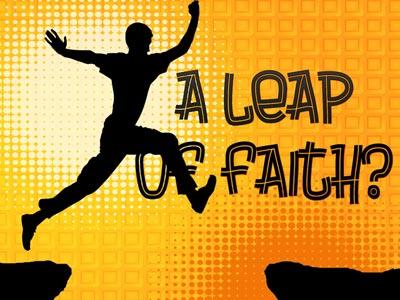-
Love Hopes All Things: Hope Floats Series
Contributed by Jeffery Anselmi on May 16, 2025 (message contributor)
Summary: We need hope to keep from drowning in life, hope floats.
INTRODUCTION
OPENING SLIDE
- Today we continue on our journey together to learn how to love better.
- We are working on loving better so we can learn to love other Christians better as well as those in our community.
HOPE FLOATS SLIDE
- One thing I know is that if you have been paying attention to this series and allowing it to be a part of your life, you will be able to love it better.
BENEFITS SLIDE
- Loving better benefits others, and it benefits you.
- You will have more friends, a happier life, and people will want to be with you.
- Today we will dive into another aspect of loving better.
1 Corinthians 13:7 NET 2nd ed.
7 It bears all things, believes all things, hopes all things, endures all things.
- If we want to love better, we must hope all things.
- Hope is a powerful force.
POWER OF HOPE SLIDE
- Back in the 1950s, a well-known Johns Hopkins University scientist, Curt P. Richter, did a series of unorthodox experiments using buckets, water, and rats.
- These experiments, primarily conducted in the 1950s and published in papers like "On the Phenomenon of Sudden Death in Animals and Man," were designed to explore the factors influencing survival time in a stressful situation and, in particular, the concept of "hopelessness" and its physiological consequences.
- His initial experiments had no intervention.
- In some initial experiments, Richter observed that some rats, particularly wild rats, would struggle for a short period but then seem to "give up" relatively quickly, becoming passive and drowning within minutes (sometimes as little as 1-15 minutes).
- Domesticated rats often swam for much longer, sometimes for many hours (even up to 40-60 hours).
- Richter interpreted the quick giving up of some rats as a state of "hopelessness" in a situation against which they had no defense.
- In Richter’s follow-up experiments, Richter introduced a crucial variable: intervention.
- He would periodically pull the rats out of the water just as they were about to give up, hold them briefly, and then place them back in the water.
- The Impact of Hope.
- The results were dramatic.
- The rats that had experienced this intervention—being rescued and then placed back—swam for significantly, often astonishingly, longer periods when subsequently placed in the water continuously.
- They no longer showed the rapid "giving up" behavior observed in some of the initial groups.
- They would swim for many hours, demonstrating a remarkable increase in their endurance and will to survive.
- Richter concluded that the intervention of being temporarily rescued instilled a sense of "hope" in the rats.
- They learned that the situation was not entirely hopeless and that rescue was possible.
- This hope, he posited, counteracted the physiological and psychological state of despair that led to the rapid collapse and death in the non-intervened groups.
- Richter’s conclusion: Saving a rat from drowning—even temporarily—gave that rat hope.
- In other words, hope doesn’t sink. Hope floats!
- The word Paul uses for hope describes waiting with confidence, with an expectation that what has been promised will come to pass.
- This word is used over and over again to talk about someone who has the power to keep a promise he has made.
- For Christians, hope is waiting expectantly for God to do what He has promised because He loves us.
- When you put God and love and hope together, hope floats.
- From the very beginning of Jesus’ ministry, He brought hope to people, hope that kept them afloat.
- Jesus gave hope to people that many thought not only didn’t have any reason to hope.
- He gave hope to people that some thought didn’t deserve hope, people whose reputations were far from good and worse than bad.
- To achieve that, He needed to be with people who lacked hope or didn't deserve it, and because of their reputations, the religious leaders didn’t like Him.
- Luke chapter 15 records an interaction between Jesus and those leaders.
- It says those same people were drawn to Jesus—because of that hope—and the religious leaders were complaining.
- They said, “Jesus is friendly with sinners, and he even eats with them.”
- Jesus presents three parables in Luke 15 that will help us love more effectively.
- Let’s turn to Luke 15 together.
Luke 15:3–7 NET 2nd ed.
3 So Jesus told them this parable:
4 “Which one of you, if he has a hundred sheep and loses one of them, would not leave the ninety-nine in the open pasture and go look for the one that is lost until he finds it?
5 Then when he has found it, he places it on his shoulders, rejoicing.

 Sermon Central
Sermon Central



